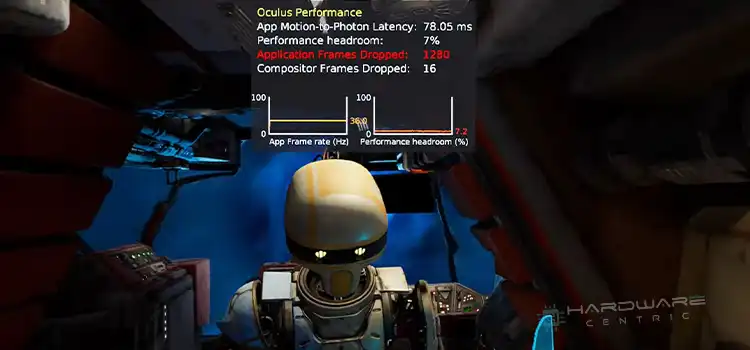What GPU Temp is Too High? – Explained
If you’re a video gamer or use graphics-intensive software, you’re probably aware of the importance of keeping your graphics card cool. Graphics processing units (GPUs) are known to generate a lot of heat, and if the GPU temperature rises too high, it can damage your hardware, causing your system to crash or even fail entirely. The optimal temperature for a GPU during gaming can vary depending on the manufacturer because they place thermal sensors in different locations on the GPU, which leads to different temperature measurements. So, what GPU temp is too high? Let’s find out.
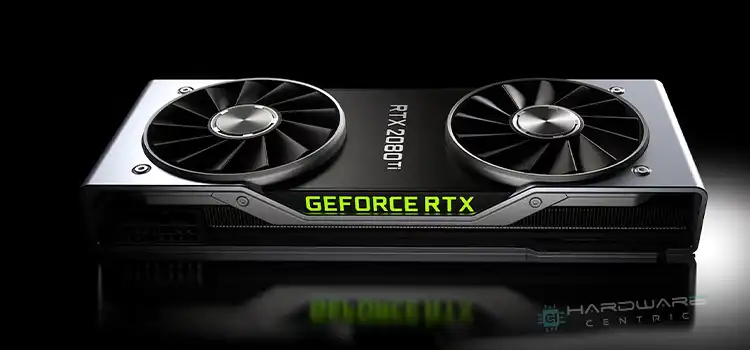
What Is GPU Temperature?
GPU temperature refers to the heat generated by your graphics card during operation. The temperature is typically measured in degrees Celsius (°C) or Fahrenheit (°F), and it varies based on a few factors, including the make and model of your GPU, the type of cooler used to dissipate heat, and the intensity of your GPU usage.
What Is the Safe Operating Temperature Range for GPUs?
The safe operating temperature range for GPUs varies depending on the specific model, but generally, anything below 80°C (176°F) is considered safe. However, as the temperature rises above this range, the risk of damage to your hardware increases.
Some high-end GPUs have built-in thermal protection that shuts down the system when the temperature exceeds a certain threshold. This is a safety feature designed to protect the GPU from damage due to overheating. But, relying solely on this feature can cause issues in the long run as repeated exposure to high temperatures can degrade the GPU and shorten its lifespan.
1. NVidia GPU
NVidia’s graphics cards are designed to operate optimally at temperatures that do not exceed 85 degrees Celsius (185° F). However, the recommended temperature limit varies depending on the specific model of the GPU in question. For instance, the GeForce RTX 30 Series GPUs have a higher listed maximum temperature of 93° C (199.4° F).
2. AMD GPU
AMD graphics cards have a higher maximum temperature than NVidia cards.
AMD uses a network of multiple sensors called AVFS to more accurately measure the temperature of the die through multiple areas, instead of relying on a single sensor.
The ideal temperature range for GPUs is usually between 65° to 85° Celsius (149° to 185° F) under load, but AMD GPUs, such as the Radeon RX 5700 or 6000 Series, can safely reach temperatures as high as 110 degrees Celsius (230° F) before one of their sensors hits the junction temperature.
This measurement can be seen even during moderate rendering or gaming use, as these GPUs will continue to ramp up at clock speeds. It is important to note that the junction temperature is the temperature of the hottest of a multitude of sensors. If your monitoring software does not explicitly report junction temperatures, the temperatures you see should be lower than the maximum of 110° C.
What Temperature of the GPU Is Too High?
Running a GPU under heavy usage within the range of 82 degrees Celsius is perfectly safe. However, once the temperature reaches 95 degrees Celsius, it is considered dangerously high for most GPUs and can cause thermal throttling, which can lead to crashing. Ideally, a GPU should operate under heavy load within the range of below 90 degrees Celsius. If the temperature can be reduced to below 80 degrees Celsius during heavy usage, it may provide extra overclocking headroom.
What Are the Risks of High GPU Temperature?
High GPU temperature can cause a range of issues, including:
- Reduced Performance: As the temperature increases, your GPU’s performance can decrease, leading to reduced frame rates and slow-downs in games and applications.
- Crashes: High temperatures can cause your system to crash or shut down entirely, which can lead to data loss or other issues.
- Hardware Damage: Prolonged exposure to high temperatures can damage your GPU hardware, causing it to fail entirely.
What Causes High GPU Temperature?
Several factors can contribute to high GPU temperature, including:
- Poor airflow: If your system has inadequate cooling or airflow, the heat generated by your GPU can build up, causing temperatures to rise.
- Overclocking: Overclocking your GPU can increase its performance but can also generate more heat, which can cause temperatures to rise.
- Dust build-up: Accumulation of dust and debris on your GPU’s fans and heatsinks can reduce their effectiveness, leading to higher temperatures.
- Thermal paste: The thermal paste that connects the GPU to the cooler can degrade over time, reducing its effectiveness, and causing temperatures to rise.
How to Monitor GPU Temperature?
To ensure that your GPU is running at safe temperatures, you can use third-party software that monitors your GPU’s temperature in real-time. Many GPU manufacturers provide their own software that allows you to monitor the temperature and adjust fan speeds manually. Thankfully, Windows 10 and more recent versions of the operating system come with a GPU temperature and utilization monitoring feature integrated directly into the Performance tab of the Task Manager. This feature can be accessed by pressing the keys CTRL + SHIFT + ESC. When the task manager opens go to the performance tab. This tab will show you the GPU’s temperature as follows.

There are also several free third-party programs like MSI Afterburner, EVGA Precision X1, and GPU-Z that allow you to monitor temperature, fan speeds, and other GPU parameters.
Frequently Asked Questions and Answers
1. Is 80 C too hot for GPU?
No, it’s considered a safe temperature for most GPUs.
2. What GPU temp is too high for gaming?
Temperature beyond 90°C is considered harmful to GPUs
3. Is 80c safe for RTX 2060?
Yes, it’s completely safe
4. Is 90c safe for GPU?
Yes, It’s the maximum safe temperature for a GPU.
Conclusion
In summary, the safe operating temperature range for GPUs is generally below 80°C (176°F). Any temperature above this range can lead to reduced performance, crashes, or hardware damage. High GPU temperature can be caused by poor airflow, overclocking, dust build-up, or degraded thermal paste. The threshold temperature is considered to be 90°C. By monitoring your GPU temperature using third-party software, you can keep your graphics card temperature under the supervision and cool it if necessary and extend its lifespan.
Subscribe to our newsletter
& plug into
the world of PC Hardwares
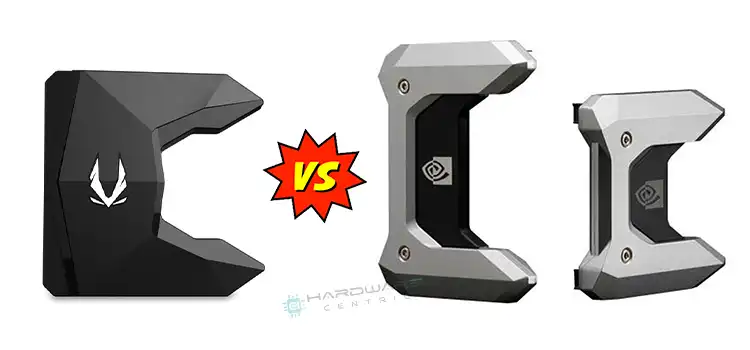
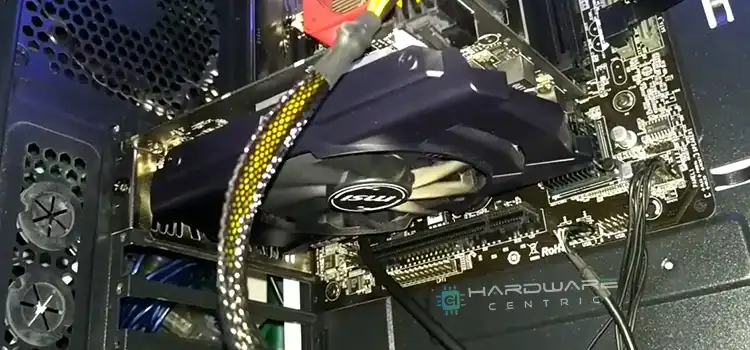
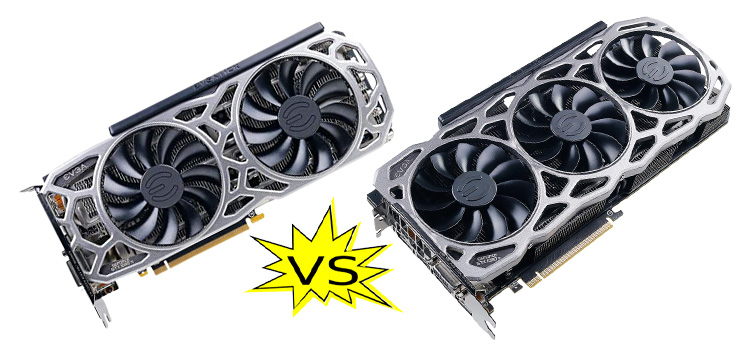

![[Explained] Can 2070 Super Run 4K?](https://www.hardwarecentric.com/wp-content/uploads/2023/03/Can-2070-Super-Run-4K.webp)
